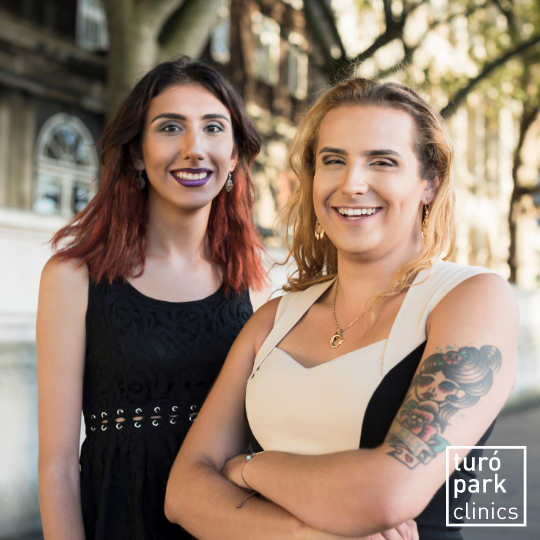Find the femininity you seek through your voice!
Do you feel like your voice doesn't fully reflect the femininity you desire?
Vocal feminization involves a complex process, including surgical reshaping of the larynx and the application of intensive speech therapy techniques, transforming the sound from masculine or neutral to distinctly feminine.
We offer a treatment tailored to your needs with the guidance of our expert laryngologist. We will work together to set goals and a treatment plan, ensuring the care of your vocal health at every step of the way.
Book an appointment now!
Fast track your treatment
To book an appointment or speak with one of our friendly team, please get in touch using the options below.

What is the Vocalization Process Like?
Voice feminization is a process in which phonation is made to be naturally attributable to a woman.
Voice feminization surgery is a procedure that achieves vocal acuity, which is the fundamental defining characteristic of the female voice.
The procedure consists of shortening the length of the vocal cords by creating a scar in the anterior commissure of the larynx and tightening the cords with the help of the laser.
During the postoperative period, the patient is required to have absolute vocal rest for 10 days and then gradually resume normal activities with the help of a speech therapist. Voice feminization surgery achieves its goal in a large percentage of cases.
Voice feminizing therapy and surgery: the different steps

Step 1: Vocal examination
First of all, the vocal feminization process starts with some explorations, carried out to obtain a complete analysis of the voice.

Step 2: Preoperative speech therapy
During these sessions, you'll learn and practice techniques to feminize your voice. A keyboard or piano may be used to help you target pitches, and visual frequency tracing software can help measure progress in real time and for reassessment.
Therapy will also address:
- Voice quality
- Articulation
- Speech rate and phrasing
- Nonverbal communication, such as eye contact, use of hand gestures, facial expression, posture and head nodding

Step 3: Surgery
At Turó Park Clinics we currently feminize the voice by means of two techniques that look to increase pitch (fundamental frequency).
- Wendler’s glottoplasty: this technique involves connecting the anterior 1/3 of your vocal folds with sutures.
- LAVA (Laser-Assisted Voice Adjustment): this procedure involves using a microlaryngoscope and burning and vaporizing small portions of the vocal folds, so that as it heals and scars, it will develop stiffness, which will raise the fundamental frequency.
Once the surgery is performed, the patient must keep absolute vocal rest (no talking or whispering) for the first 10 days for optimal healing.

Step 4: Postoperative speech therapy
After surgery, you'll have follow-up visits with a speech-language pathologist to make the most of your surgery, protect your vocal health and learn to use your changed voice.

Step 5: Follow-up
Changes obtained are recorded periodically.
Your voice is part of your identity.
Our voice feminization specialist can help you get the voice you want.

Our English-speaking voice feminization specialist


Our answers to the most frequently asked questions about the feminisation of the voice
Do hormones affect the voice?
What are the risks of voice feminisation?
- Dysphonia, such as voice breaks and tremors
- Edema or fluid build-up in the vocal cords
- Enlarged Adam's apple
- Hoarseness
- Low pitch even after voice feminisation surgery and therapy
- Scars inside the voice box or outside the throat
- Voice sounds abnormally high
- Vocal cord dysfunction
- Vocal cord damage
- Vocal cord paralysis